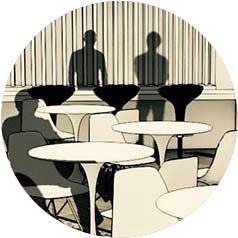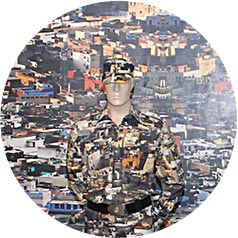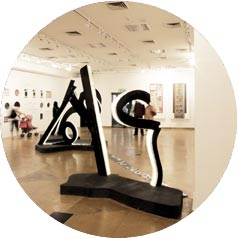The middle way city
While most of us would shrug off the Mayan prophecy that the world will end in 2012, which brings with it evocative images of everything from tsunamis to alien invasions, as drivel, what if it actually comes true? Not literally, of course, with Mumbai becoming Godzilla fodder and falling into the sea or New Delhi dissipating in an asteroid collision. But metaphorically, in the way we see our cities and its building blocks.
The last few centuries have seen the growth of world cities built on the strength of their financial institutions. The icons of cities like New York, London and Kuala Lampur can be “credited” to pecuniary foundations. Today these fiscal edifices are crumbling in deficit. Merged, occupied and bailed out, their collapse mimics a global domino effect. Leaving one to wonder — what next? Will this be a precursor to ruin and desolation for our seemingly thriving urban centers?
Indian cities paint a complex picture to begin with but using the lens of simple macro and micro planning to create a sense of control could be not just delusional but even myopic. The macro ideal assumes the role of building a city around large-scale infrastructure which is then filled in with pieces that plug into and draw from its main arteries. This is organised and predictable. In the micro ideal, the city comes together in an amalgamation of several details put together through incremental growth. This can be sporadic and surprising. Both have been re-hashed and re-mixed umpteen times in our cities, much like the plots of Bollywood potboilers!
But what if there is a new hybrid genre waiting to be discovered? This would certainly not be a mix of the above two types or even one that is a convoluted result of experiments that stitch together incongruous elements, but one that is based on the simple premise of symbiosis. Under this growth ideal, the needs of the people become conjunct with that of the city, so that the city can both use and be used by its citizens, where the word sustainability comes after sustenance and where the act of design does not precede the act of civilisation.
Simply put, a city can go green in the face planting millions of trees or become ashen by breathlessly building asphalted expressways, but when it cannot deliver the basic needs of food, shelter and clothing to its people in a manner that is safe and hygienic it plainly sets itself up for failure. If it cannot empower through learning and engage through employment then the city meets only reason and does not have a purpose.
This new Hindustani “hybrid” will have to penetrate through layers of clichéd urban dialogue and take a shot at addressing core issues of citizens, not as vote-banks, as majority or minority communities, as haves and have-nots, but as people who choose to live, build, grow and create the city together. Each one has a role in the screenplay of the city. Thus firmly steering planning away from the presumptuous designer, and making design the result of the “real” priorities of city dwellers. Using partnerships, seeking mandates and inviting participation. The novelty of this hybrid lies in the fact that it listens in order to see.
This could result in unique ways of growing the Indian city for it will always be acutely sensitive to any change, and will transform, evolve and even mutate alongwith the altering needs of its people. Eventually, with this wide-angled lens we may the neven allow an end to lead to a new beginning.
— Suparna Bhalla
Published on January, 21st 2012




























